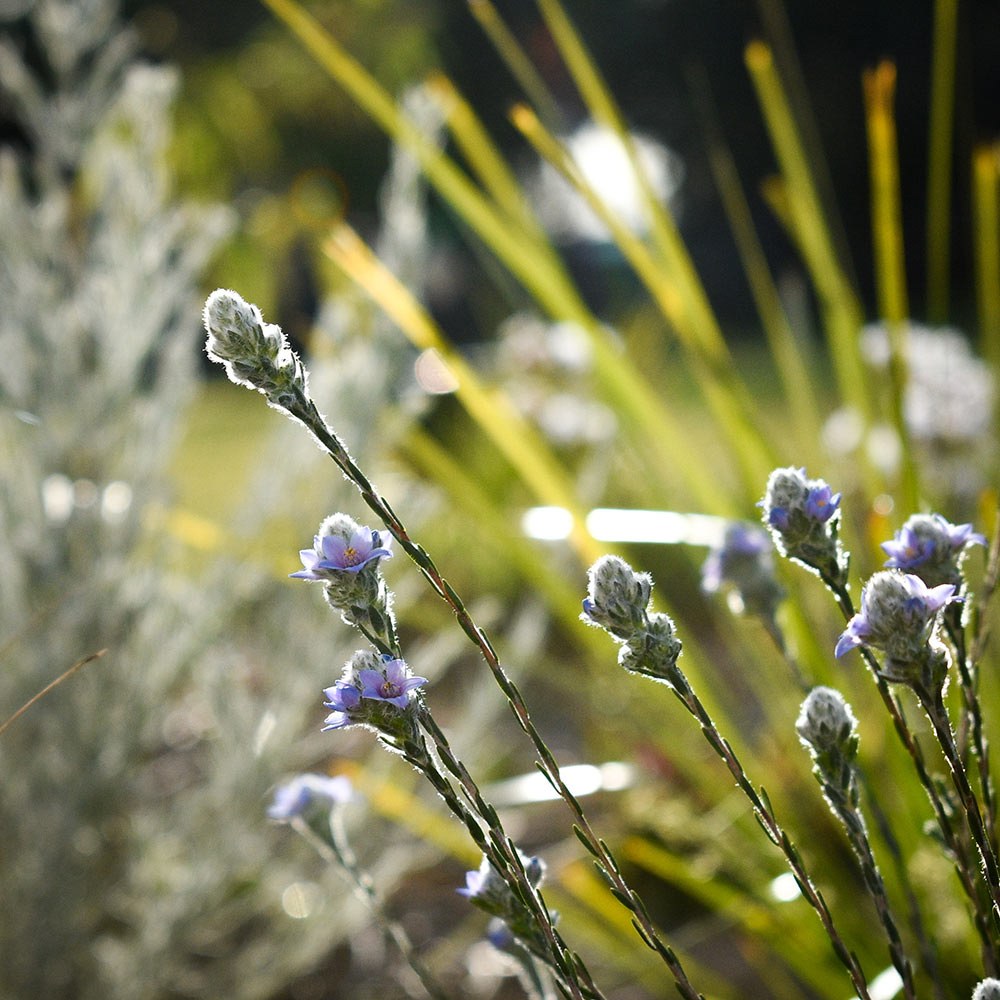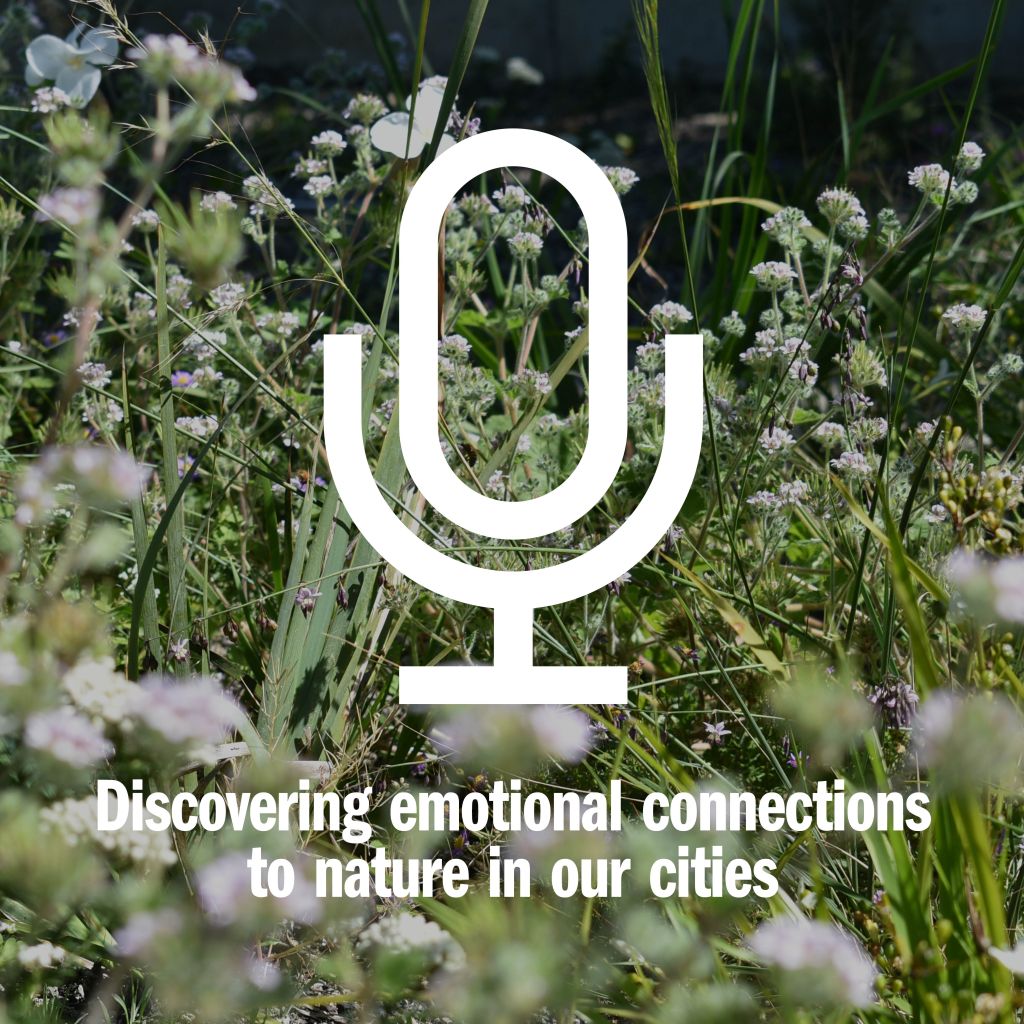Naturalistic planting and rewilding: native or nothing?

The debate around native or exotic urban planting can sometimes be a thorny one, culturally, environmentally and emotionally.
Yet it’s a subject that warrants deeper consideration. The impact of nature on our immediate wellbeing has never been more apparent in our urban places than during lockdown – and over the longer term climate change brings the role of planting and landscape into sharp focus as we consider the future health of our cities.
On the other hand, wholly exotic landscapes bring with them issues of culture, context and invasive issues. Perhaps the answer is somewhere in the middle. Carefully controlled “wild” environments like small pocket parks or larger spaces like New York’s famous High Line in are vastly different, but non-native plants play a crucial role alongside native species. In this way designers are ensuring biodiversity, eco-systems and cultural aspects are all catered and cared for.
Following on from Episode 12 of Hassell Talks, ‘Making cities wild again’, in this episode host Jon Hazelwood brings together Professor James Hitchmough and internationally acclaimed garden designer Piet Oudolf to propose a different, less binary way of thinking about natives and non-natives. Together they look at why carefully considered planting needs to be seen at scale, and for people, ecology and wildlife.
Listen to the podcast via the player below. You can find Hassell Talks on Apple and Spotify or on your favourite podcast app. If you’d like to listen to the full conversation between Jon, Piet and James, you can do so via this SoundCloud link.
Hassell Talks
Host
Guests
Piet Oudolf









